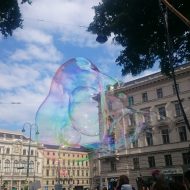Exceptional Norms: Marginalised Bodies in Interaction Design
The development of wearable technologies is largely driven by assumptions on how bodies look like, excluding those who do not fit normative expectations. Women and non-binary people have been systematically excluded and are often only represented as an afterthought of technology design concerning human bodies. This project makes three contributions to current research and design: 1) provide a critique on body assumptions in technological research, which helps to identify gaps in research driving not just this, but potential future projects; 2) together with marginalised people, identify the potential of wearables from their perspective; 3) develop a public and a private technology addressing those potentials. By fulfilling these goals, it will add to an understanding of how technological design can be more equitable and effectively meet the complex challenges it aims to address. See more info at the dedicated website here. — independent, funded by FWF (Hertha-Firnberg Programme)
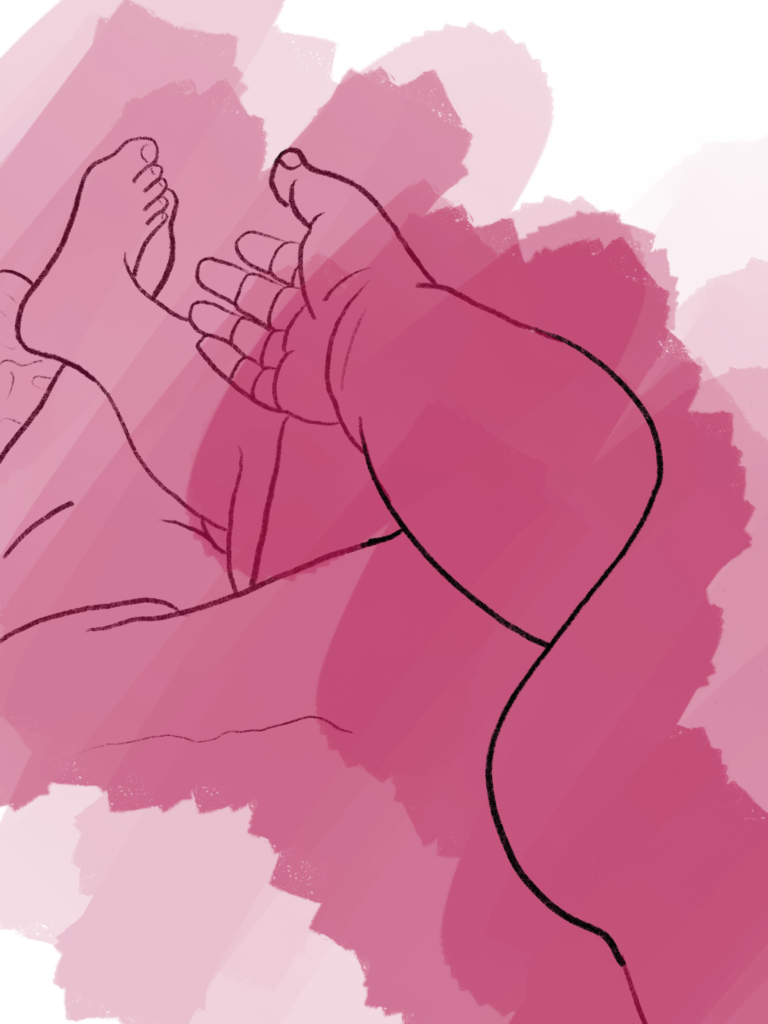
The Value of Play for Young Neurodivergent People
The project aims to explore how young neurodivergent people engage with digital games through participatory exploration of play and game design. The project will ask player-centred questions around the design of game interfaces, mechanics, and choice of genre, and it will explore wider questions around the inclusive qualities that games can have to enable young neurodivergent people to participate in play. Through examination of the interplay between cognitive player abilities and their engagement with games, the project will not only contribute to game accessibility research and support work of researchers and designers in this space, but also benefit neurodivergent players and foster our inclusion in wider society through play. — with Kathrin Gerling (KU Leuven) & Fares Kayali (Universiät Wien)

Body Positive Computing
Most body and fitness related technologies come with inherent assumptions of how the bodies of people using them should ideally be shaped and function. For example, a majority counts steps, which makes them unusable for wheelchair users. The ideal figure drawn in this context is often white, male and slim — indicating that those are the signs of a healthy body. To further exacerbate the issue, most technologies, particularly trackers, assume constant progress without appreciating the efforts many people undertake to minimise a decline or considering that rest days after intense workouts are necessary for sustainable muscle gain. Instead, weight loss and constant levels of engagement are valued as a default. In a participatory design endeavour together with people outside of the scope of traditional body focused devices and applications, I want to find out alternatives to the normative design they currently embody. A body-positive fitness tracker, for example, acknowledges the different goals different people might have when self- tracking. As a critical design intervention, the project raises practical questions about the normative assumptions built into self- tracking technologies and serves as a reflection for developers and researchers.
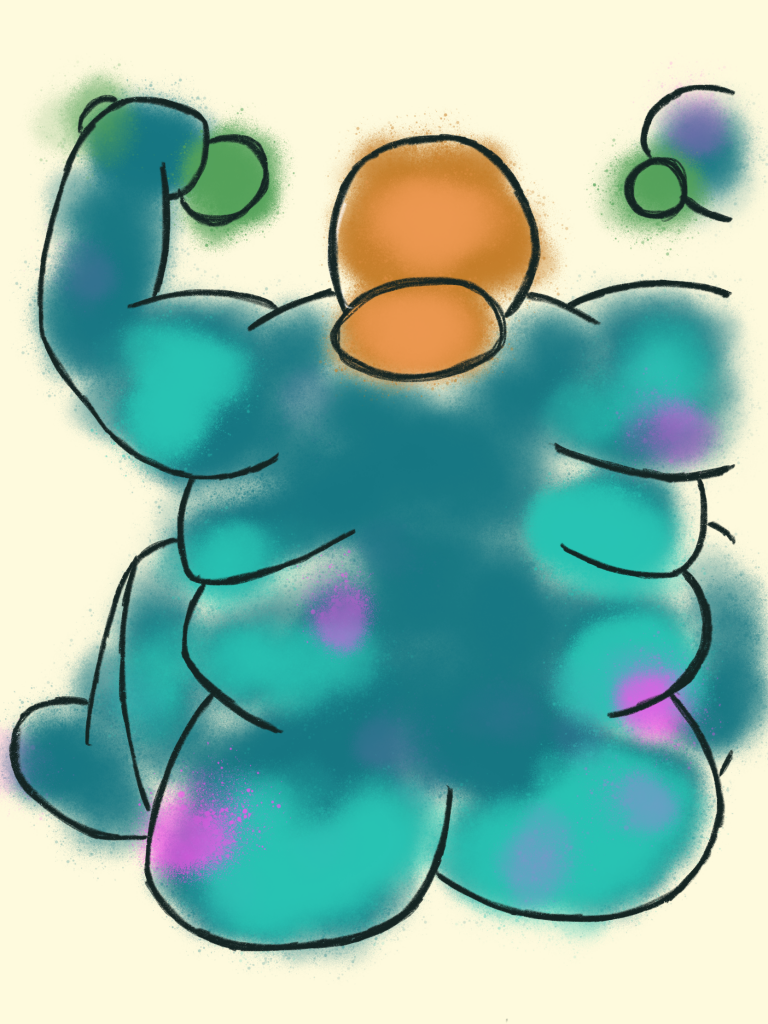
The Surrogate Body in Play
Within media theory and, particularly, film studies, Voss has determined how cinematic experiences rely on the viewer to lend their body as a surrogate body to enable the film to actualise. I argue, that this is similarly, albeit across different axes, the case in digital games; arguably even more so as players not only lend their affective reception, but literally more or less abstract actions that are strictly tied to the context of playing particular games in particular settings. — with Kathrin Gerling (KU Leuven)

(Non-)Experiences — Playing Idle Games
Idle (or Incremental) games are characterised by limited levels of player activity. They progress with little or no external input, incentivise waiting and require players to ‘play at planning’. While there exist theoretical considerations of how to define this type of game and its characteristics, to date, little exploration into the experiences players have when (not) interacting with idle games is available. Through interviews in group settings with self-identified players of idle games, I explore the reflective first-person perspective on these experiences. The design and development of a novel idle game will then be used to augment this data by observing players in different ways (personally, through log data etc.) and engaging with them through Cultural Probes. Additionally, we will also use a validated Player Experience Questionnaire to contrast the different types of experiences constructed by the various instruments. This supports a larger argument of aiming at an understanding of experiences as intangible and driven by different stakeholders. — with Lennart Nacke, Andrew Cen (University of Waterloo), Sultan Alharthi, Z Toups (NMSU), Tess Tanenbaum (UCI Irvine) and Jessica Hammer (Carnegie Mellon)

Social Play Technologies (Project Assistant, TU Wien, 2017–2019)
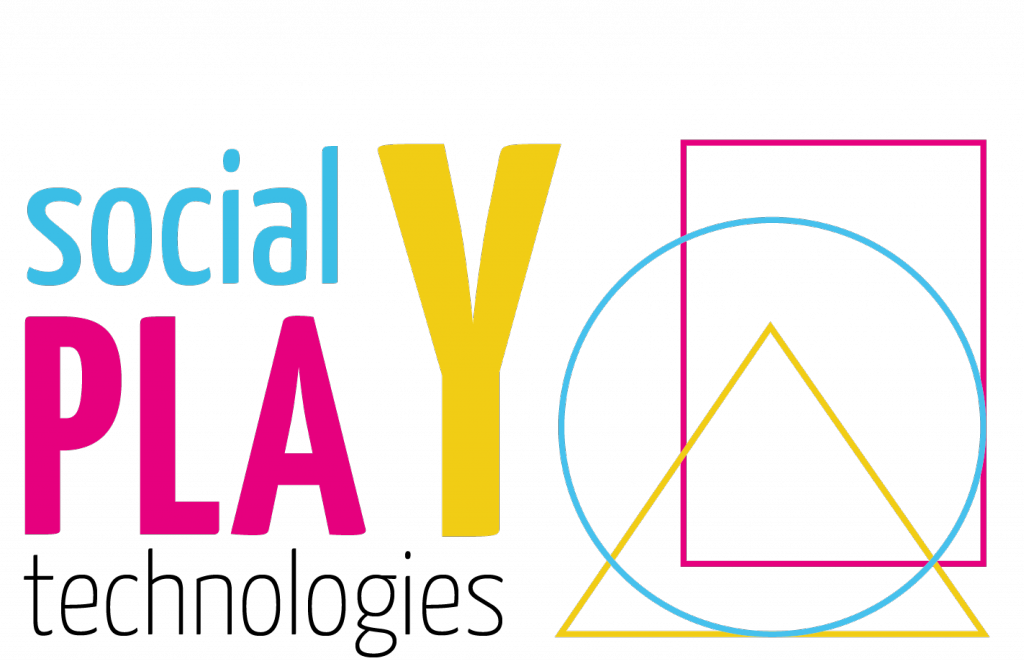
This project (ongoing until 2020) investigates how technology can help support social play activities in mixed, co-located groups of autistic and neuro-typically developing children, aged 6 to 8 years. We aim to develop smart play objects, which can intelligently react to social situations to scaffold interactive play experiences of autistic children and their typically developing peers. For such objects to be meaningful to different children, it is key to involve them actively in their design.
Led by Dr. Christopher Frauenberger.
OutsideTheBox (Project Assistant, TU Wien, 2014–2019)

With OutsideTheBox we thought laterally and outside of typical boxes and categorisations. We designed new technologies with children with autism which are not exclusively driven by the effects of a disability, but engage children in all their diversity and with all their differences.
Led by Dr. Christopher Frauenberger.
Looking at Games (Masters’ Project, Bauhaus-Universität Weimar, 2013/2014)
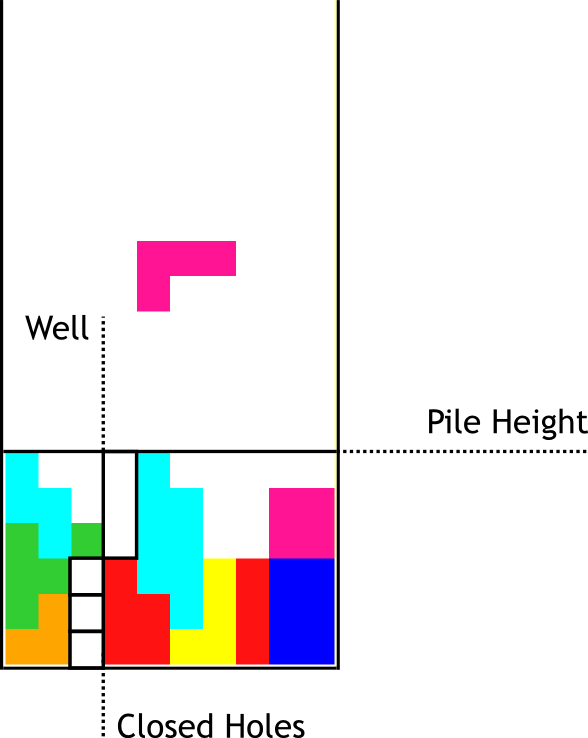
Gameplay Experience is affected by several attributes of games. Amongst them, two have been chosen here to look into further: Technological novelty and Framing. The work shows a development process for a digital game directly using eye movements for adaptation (next to conventional adaptation) and an extensive user study where the game has been presented in two different ways to players. Results of the study indicate that performance is more affected by eye movement based adaptation, that framing and adaptation have an influence on gameplay experience (at least in some settings) and that framing shapes expertise as measured by eye movements in conventionally adapted games. These are put in perspective and discussed thoroughly with an outlook on the future of research in eye movement based adaptation.
with Stefanie Wetzel and Prof. Sven Bertel.
Navigation of Blind Players in Text-Based Games (Honours Project, Bauhaus-Universität Weimar, 2012)
With the assistance of screenreaders and specialised client software, blind players are able to play text based games. In multiplayer online versions they can also do so with other players. However, in their everyday lives as well as in games, blind and sighted players interact differently with their environment. Text-based games are usually written by sighted gamers with a focus on textual representation of visual features. An exception is the game Blind, which was an entry to the Interactive Fiction Competition 20115. It relies heavily on the textual representation of sounds and feedback given through sound and touch instead of visual representation. There are two different fundamental ways of navigating through a textual world: ego-centric coordinates (such as left, right, forward and backwards) or cardinal coordinates (such as north, south, east and west). When examining immersion, this fact raises the following research question: Which of these coordinate systems in text based games creates a gameplay that is more immersive for blind players and which is more immersive for sighted players?
